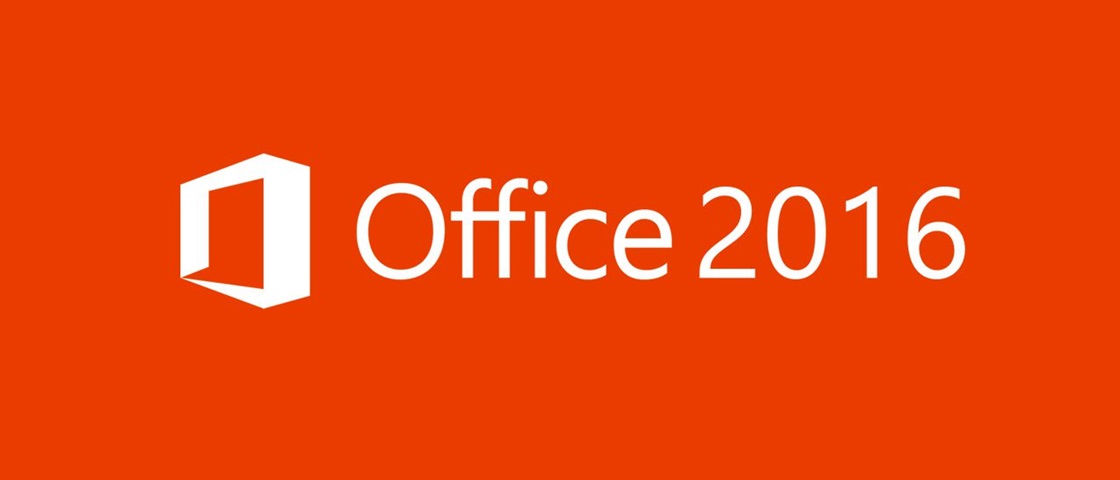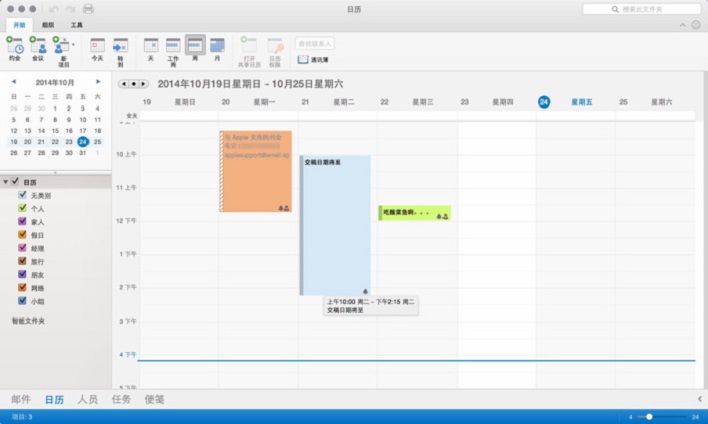For Mac, see Uninstall Office for Mac. Tip: Uninstalling Office only removes the Office applications from your computer, it doesn't remove any files, documents, or workbooks you created using the apps. Uninstall Office for your installation type. The steps to uninstall Office depend on the type of installation you have. The most common. Update Office from the Mac App Store. If you downloaded Office from the Mac App Store, and have automatic updates turned on, your apps will update automatically. But you can also manually download the updates: Open the Mac App Store from your Dock or Finder.
Microsoft Office 2015 Product Key Full Crack Latest One of its major innovation compare to MS Office 2010 is its comprehensive folder arrangement hold up, consumer border and hold up for touch. From side to side a payment of Office 365 and the addition with SkyDrive you can admission and edit your records from any computer via a browser. A new Office for Mac (Office 2015 for Mac?) will be released in the second half of 2015. Office 365 subscribers/renters will be able to switch to the new Office for Mac at no extra charge. There will also be a ‘buy once’ or perpetual license package sold. For the first half of 2015, geeks and Apple fans have a public beta of Office for Mac. Microsoft office 2015 free download - Microsoft Teams for Windows 10, Microsoft Office 2011, Microsoft Office PowerPoint 2010, and many more programs.
Microsoft Office hasn’t been around forever, or even quite as long as the Macintosh, but it has been around for a long, long time. Microsoft Word 1.0 was released for Mac in 1984 and soon became the Mac’s dominant word processing app. Microsoft Excel 1.0 was a Mac-first application and arrived in 1985. PowerPoint 1.0 came in 1987, three years ahead of the first Windows version.
It only made sense for Microsoft to bundle these three popular programs, and thus Microsoft Office was born in 1989 – again on the Mac before it came to Windows.
By the way, no version of Microsoft Office for Mac has ever included the Access database program, which remains a Windows exclusive, possibly as an incentive for Windows users not to switch to Macs.
The Microsoft Office
The first version of Office included Word 4.0, Excel 2.2, PowerPoint 2.01, and Mail 1.37. Literally: It included full box sets of each application! Office first shipped on floppy disks, and it later became the first major Mac software to be released on CD-ROM.
Microsoft Office 1.5 for Mac
Released in 1991, Office 1.5 included Excel 3.0, the first software written to take advantage of System 7.
Microsoft Office 3.0 for Mac
Released in 1992, Office 3.0 had Word 4.0, Excel 4.0, and PowerPoint 3.0. Excel was the first program to support AppleScript. There was no Office 2.0 for Mac.

Microsoft Office 4.2 for Mac
Arriving in 1994 and now using version numbers that synchronize with the Windows version, Office 4.2 included Word 6.0, Excel 5.0, PowerPoint 4.0, and Mail 3.2. It was designed to be as much like the Windows versions of these apps as possible, which many Mac users hated, as these apps were thus very un-Maclike.
This was the last version of Office to support 680×0 Macs.
Microsoft Office 98 Macintosh Edition
Microsoft went back to making its Mac apps Mac-like with the 1998 introduction of Office 98, which introduced Internet Explorer 4.0 to the Mac, along with the Outlook Express email client, which replaced Mail. Office 98 requires System 7.5 or later (7.5.5 recommended), a PowerPC Mac, 16 MB of physical RAM (32 MB to run more than one app simultaneously), a CD-ROM drive, 43-110 MB of hard drive space, and a 640 x 480 8-bit color or 4-bit grayscale display.
Office 98 also supports QuickTime movies.
The suite includes Word 98, Excel 98, PowerPoint 98, Outlook Express 4.0, and Internet Explorer 4.0.
Microsoft Office 2001
Despite its name, Office 2001 actually arrived in 2000. It was the last version of Office for the Classic Mac OS and required Mac OS 8 or later (8.5 or later recommended). It also runs in the Classic Environment of Mac OS X. Office 2001 introduced Entourage as its email client, replacing Outlook Express.
Microsoft Office v. X
The most oddly name version of Office arrived in 2001 and was the first version of Office to support Mac OS X. The suite included Word X, Excel X, PowerPoint X, Entourage X, MSN Messenger for Mac, and Windows Media Player 9 for Mac, along with Internet Explorer. (The last three were freeware.)
Office v. X requires a PowerPC G3 or later (supported on Intel Macs via Rosetta), OS X 10.1 through 10.6.8 Snow Leopard (10.7 and later are not supported), 128 MB of RAM, and 196 MB of hard drive space for its default installation.
Microsoft Office 2004 for Mac
Office 2004 was released on 2004.05.11, and in addition to Word 2004, Excel 2004, PowerPoint 2004, and Entourage 2004, the professional version also included Virtual PC, which Microsoft had recently acquired from Connectix. System requirements are similar to Office v. X, but with 256 MB of RAM required and 450 MB of hard drive space.
Microsoft dropped support for Office 2004 on 2012.01.10. The latest version is 11.6.6, dated 2011.12.12.
Microsoft Office 2008 for Mac
Released on 2008.01.15, Office 2008 was the first version shipped after Apple’s transition from PowerPC to Intel x86 processors. Office 2008 is a universal binary that runs on both PowerPC and Intel Macs. This was the first Mac version to support Microsoft’s Office Open XML file formats, which had been introduced with Office 2007 for Windows the previous year, and this is the default format for saving files.
Included apps are Word 2008, Excel 2008, PowerPoint 2008, and Entourage 2008.
Office 2015 Para Mac
Office 2008 no longer support Visual Basic for Applications (VBA), so add-ins that require it, such as Solver for Excel, don’t work and are not included with the suite. There are many ways in which Office 2008 is not compatible with Office 2007 for Windows files, which are documented in a Wikipedia article. There is no support for right-to-left or bidirectional languages, such as Arabic and Hebrew.
Office 2008 requires Mac OS X 10.4.9 Tiger or later and a PowerPC G4 or G5 or Intel processor. The latest version is 12.3.5, released 2012.09.19. Office 2008 is still supported by Microsoft.
Microsoft Office for Mac 2011
The newest version of Office for Mac was released on 2010.10.26 and features Outlook as its email client, replacing Entourage with an application designed to work better with Microsoft’s Exchange server and Office for Windows. Office 2011 introduced the ribbon interface to the Mac.
Office 2011 is the first version to require an Intel CPU.
Microsoft Office for Mac 2016
Coming…
Keywords: #microsoftoffice
Short link: http://goo.gl/XVnnin
searchword: officefaq
Today’s post was written by Kirk Koenigsbauer, corporate vice president for the Office 365 Client Apps and Services team.
Today is a big day for the Mac community–we’re excited to announce that a preview of the new Office 2016 for Mac is now officially available! Click here to give it a try and please send us your feedback.
Office 2016 for Mac is powered by the cloud so you can access your documents on OneDrive, OneDrive for Business and SharePoint at anytime, anywhere and on any device.

Cloud connected with OneDrive, OneDrive for Business and SharePoint.
Similar to our recent announcements of universal Office apps for Windows 10 and Office for Android tablet, Office 2016 for Mac shares an unmistakably Office experience–but it is also thoughtfully designed to take advantage of the unique features of the Mac. The new apps offer full retina display support with thousands of retina-optimized graphics, full screen view for native immersive experiences, and even little Mac affordances like scroll bounce. While there are too many new features to cover in a single blog post, here’s a quick overview of a few of the highlights.
Office 2016 for Mac—an exciting step forward
The new Office 2016 for Mac includes updated versions of Word, Excel, PowerPoint, OneNote and Outlook–and the moment you open any one of the apps, you’ll immediately feel the difference. We’ve modernized the user experience and made it easier to get things done. The redesigned ribbon intuitively organizes features so you can quickly find what you need quickly. A refreshed task pane interface makes positioning, resizing, or rotating graphics easy so you can create exactly the layout you want. And new themes and styles help you pull it all together to produce stunning, professional documents.
Word—create, polish and share beautiful documents
Word’s state of the art editing, reviewing and sharing tools make authoring and polishing documents easy. The design tab allows you to manage layout, colors and fonts across a document, and the navigation pane helps you refine the document structure and efficiently navigate to points of interest. Threaded comments turn editing cycles into conversations, so you spend less time trying to connect the dots.
Navigation pane
Excel—analyze and visualize your data in new and intuitive ways
With the new features in Excel, you’ll be telling your data’s story in no time. Charts, graphs, keyboard shortcuts and data entry enhancements (like formula builder and autocomplete) immediately make you more productive. And support for Excel 2013 (for Windows) functions ensures that you can easily share files across platforms. The new Analysis ToolPak offers a wide range of statistical functions, including moving averages and exponential smoothing, and PivotTable Slicers help you cut through large volumes of data to find patterns that answer questions.

Formula builder
PowerPoint—create, collaborate and effectively present your ideas
Walk into your next presentation with complete confidence. PowerPoint’s new Presenter View is like mission control for your presentation–displaying the current slide, the next slide, notes and a timer on your Mac, while projecting only the presentation to your audience on the big screen. A new animation pane helps you build your presentation faster, and new slide transitions ensures the finished product is polished and professional.
Presenter View
Outlook—enjoy a mail experience that works fast and looks great
Managing your email has never been easier. The recently released Outlook for Mac is also a part of the preview suite and uses push mail support to deliver an always-up-to-date inbox. The improved conversation view automatically organizes your inbox around threaded conversations, so you’ll never hunt for related messages again. And the new message preview gives you the first sentence of an email just below the subject line so you can quickly decide if you want to read it now or come back later.
Conversation view
OneNote—harness your thoughts in your very own digital notebook
Never forget again with OneNote. Capture, organize and share your ideas with digital notebooks that you can access on any device. Use tags like “To Do” or “Important” or “Question” to add structure to your notes, and find things quickly with a powerful search engine that tracks your tags, indexes your typed notes and uses OCR to recognize text in images and handwritten notes.
Tag your notes.
This March 25th Office Mechanics show includes an end-to-end demo of Office 2016 for Mac Preview.
Download the apps today!
As you can see, there’s a lot packed into this preview release, and we’re excited to share it with the world. It’s not only full of new and improved features, it’s another proof point of our commitment to cross-platform support and a consistent experiences across devices. Unmistakably Office, but thoughtfully designed for the Mac.
Download Microsoft Office 2015 For Mac
But don’t take our word for it: Download the apps today and tell us what you think by sending us a smile from the top right of your app screen! We’re looking forward to hearing from the Mac community and will use the feedback to finalize the product for release later this summer.
Mac Desktop 2015
— Kirk Koenigsbauer
